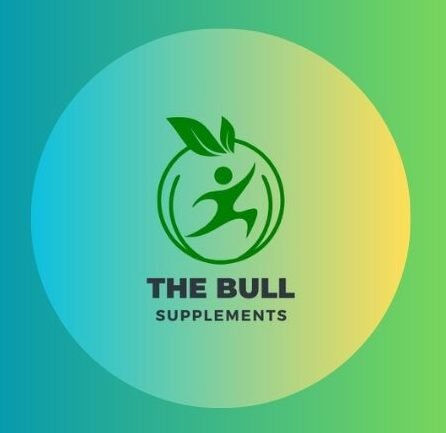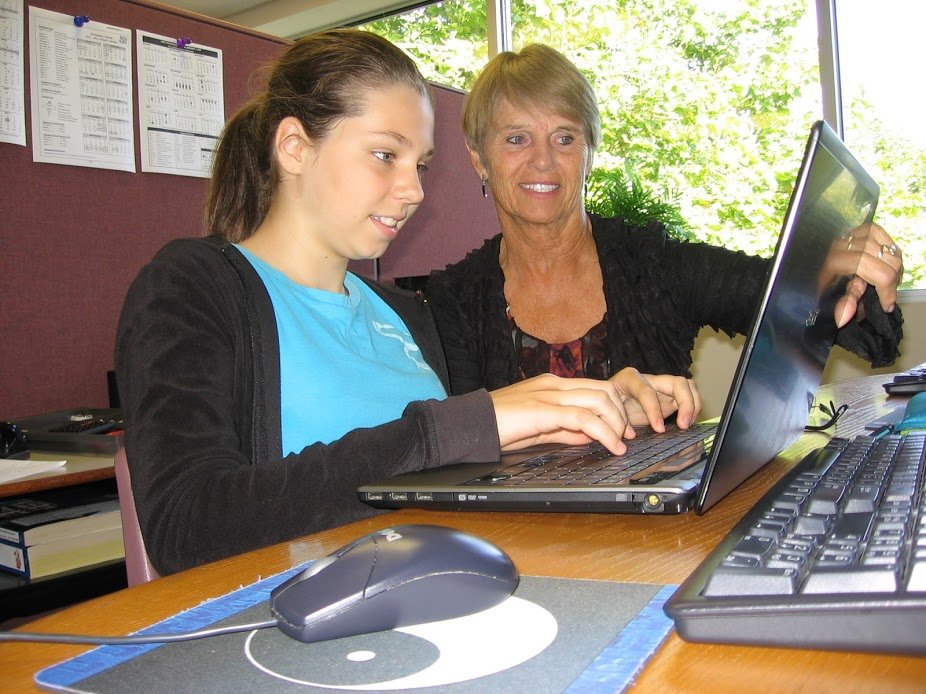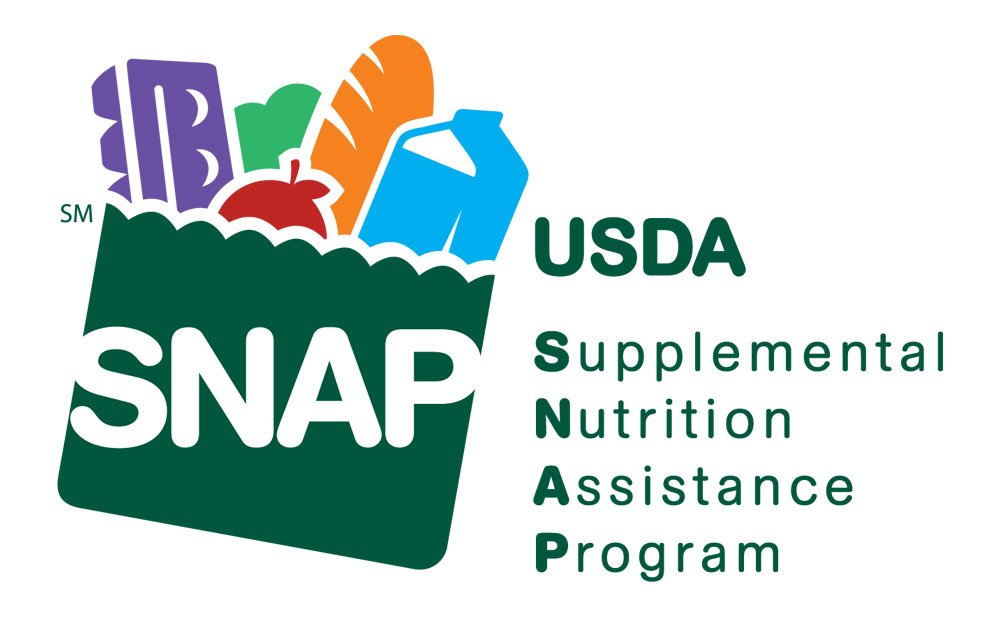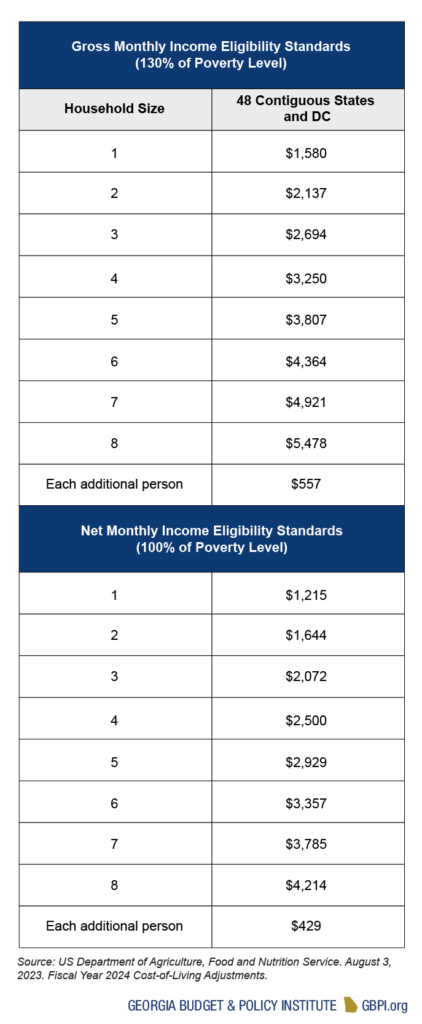Supplemental Educational Services (SES) are additional instructional programs. They provide extra academic help to eligible students.
Understanding Supplemental Educational Services is crucial for parents seeking to enhance their child’s educational experience. SES typically comes into play for students in schools that have not met state targets for increasing student achievement. These services can include tutoring, remediation, and other educational interventions that are provided free of charge to families.
They are often funded by government programs such as Title I of the No Child Left Behind Act. With the right SES, students can bridge the gap in their learning, boost their academic performance, and build confidence in their abilities. Parents and guardians should consider these services as a valuable resource for their child’s educational growth.
Introduction To Supplemental Educational Services
Supplemental Educational Services (SES) provide extra academic help and instruction to students. These services are often offered outside of the regular school day. They aim to enhance student learning and performance.
The Rising Demand For Personalized Learning
The demand for personalized learning solutions has increased significantly. Parents and educators recognize that every student has unique learning needs. Personalized learning paths can help meet these needs effectively. This approach supports improved academic outcomes and boosts student confidence.
Key Components Of Supplemental Services
- Tailored Instruction: Programs are customized to address the specific areas where students need help.
- Qualified Tutors: Skilled educators who understand diverse educational needs lead these sessions.
- Flexible Scheduling: Services are often available during after-school hours, making it convenient for students and families.
- Progress Monitoring: Regular assessments track student improvement, adjusting approaches as needed.

Credit: www.researchgate.net
Historical Context Of Educational Support
The story of educational support stretches far back in time. It reveals a rich tapestry of methods aimed at enhancing learning outside the traditional classroom. Early forms of tutoring set the stage for what we now recognize as Supplemental Educational Services (SES). These services have evolved, shaped by cultural shifts, educational research, and policy changes.
Evolution From Traditional Tutoring
Traditional tutoring, a one-on-one teaching method, laid the groundwork for SES. It often involved a tutor addressing the individual needs of a student. This method was exclusive and costly, limiting access to affluent families. Over time, the concept of tutoring expanded. Group sessions and community programs started to emerge. This evolution democratized educational support, making it more accessible. SES today includes a variety of formats like online platforms, after-school programs, and specialized courses. These cater to diverse learning styles and socioeconomic backgrounds.
Legislation Impacting Supplemental Education
Government policies have greatly influenced the SES landscape. The most notable in the United States was the No Child Left Behind Act (NCLB) of 2001. It mandated that low-performing schools offer SES to struggling students. This legislation recognized the role of additional educational services in achieving academic success. It also ensured that SES was funded, making it free for eligible students. The Every Student Succeeds Act (ESSA) of 2015 continued this trend. It allowed for more localized control over SES. These laws underscore the importance of providing students with the resources they need to excel academically.
Identifying The Need For Additional Support
Identifying the Need for Additional Support is crucial for students who may struggle academically. Tailored assistance through Supplemental Educational Services can bridge learning gaps. Let’s explore how to pinpoint students who could benefit from extra educational help.
Recognizing Learning Gaps
Spotting areas where students lag is the first step in providing necessary support. Teachers and parents should watch for signs such as:
- Falling grades in specific subjects
- Difficulty keeping up with classroom pace
- Lack of enthusiasm for learning
These indicators suggest a need for additional educational resources.
Assessment Tools And Techniques
Effective evaluations are key to understanding a student’s challenges. Schools may use:
- Standardized tests to compare performance levels
- Diagnostic assessments for skill-specific insights
- Observations and feedback from educators and parents
These tools help tailor support that targets each student’s unique needs.
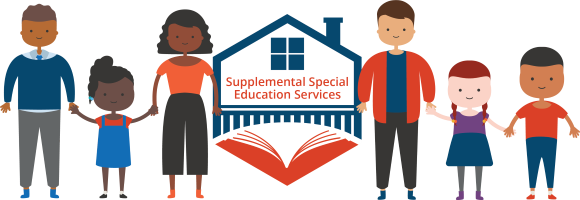
Credit: sses.tea.texas.gov
Types Of Supplemental Educational Services
Supplemental Educational Services (SES) provide extra academic support to students. These services aim to boost learning outside regular school hours. Various types of SES cater to diverse learning needs and styles. Let’s explore some popular options.
After-school Programs
After-school programs offer structured learning experiences post regular school hours. They often include:
- Homework help to guide students through assignments.
- Group activities that promote teamwork and social skills.
- Enrichment classes, such as arts and sciences, for broader learning.
These programs are great for students to engage in learning while also having fun.
One-on-one Tutoring Options
Personalized attention is the highlight of one-on-one tutoring. Tutors tailor lessons to each student’s needs. Benefits include:
- Customized learning plans that target specific challenges.
- Flexible scheduling to fit into family routines.
- Immediate feedback that helps students improve quickly.
Students often gain confidence and see significant progress with this focused approach.
Online Learning Platforms
Online learning platforms provide access to a wealth of resources. Key features include:
| Feature | Benefit |
|---|---|
| Interactive lessons | Engage students in a digital environment. |
| On-demand tutorials | Learn at your own pace, anytime. |
| Assessment tools | Track progress and identify areas for improvement. |
These platforms are ideal for tech-savvy learners who thrive in a virtual setting.
Benefits Of Supplemental Education
Supplemental educational services offer vital support beyond the standard curriculum. These services provide tailored learning experiences. They address individual student needs. Students gain from enhanced academic skills to improved confidence.
Academic Performance ImprovementsAcademic Performance Improvements
Targeted tutoring leads to better grades. Custom lesson plans reinforce learning. Students benefit from one-on-one attention. This improves understanding.
- Higher test scores: Personalized practice tests boost performance.
- Homework help: Students complete assignments accurately and on time.
- Learning gaps closure: Tutors identify and address specific weaknesses.
Social And Emotional Skill Development
Supplemental education shapes well-rounded individuals. It builds social skills and emotional intelligence.
| Social Skills | Emotional Skills |
|---|---|
| Teamwork | Self-awareness |
| Communication | Self-regulation |
| Problem-solving | Empathy |
These skills lead to positive classroom behavior. They foster lasting peer relationships.
Selecting The Right Service Providers
Choosing the right Supplemental Educational Services (SES) provider is crucial for student success. Parents and educators must consider several factors to ensure quality learning experiences. With the right criteria and a careful evaluation of credentials, selecting an SES provider becomes a strategic step in enhancing a student’s educational journey.
Criteria For Quality Programs
Effective SES programs stand out with certain features. Look for these:
- Proven track record of success
- Alignment with state academic standards
- Qualified instructors with expertise in relevant subjects
- Customized learning plans tailored to individual student needs
- Regular progress monitoring and reporting
- Positive feedback from parents and students
Evaluating Provider Credentials
Thoroughly check each provider’s qualifications. Here’s how:
| Step | Action |
|---|---|
| 1 | Review educational backgrounds of the staff. |
| 2 | Verify certifications and licenses. |
| 3 | Assess teaching experience in relevant subjects. |
| 4 | Request success stories or case studies. |
| 5 | Ask for references from previous clients. |
Remember, the right SES provider makes learning effective and enjoyable for students. Take the time to choose wisely!
Funding And Accessibility
Understanding the ‘Funding and Accessibility’ of Supplemental Educational Services (SES) is crucial. These services provide extra academic help to students. They are often outside regular school hours. Schools with low performance usually offer SES. They aim to boost student achievement. Funding and accessibility ensure these programs reach those in need.
Public And Private Funding Sources
Public and private funding both play roles in SES. Public funding includes federal and state resources. This often ties to the Title I program. It helps schools with many low-income students. Private funding may come from businesses, charities, or grants. This can offer more services. It also brings innovation to SES programs.
- Federal Grants: Schools use these to pay for SES.
- State Funds: These may match or add to federal grants.
- Private Contributions: Extra funds from outside sources.
Ensuring Equity In Service Provision
Equity in SES means all students get fair access. SES aims to close the achievement gap. This gap often affects those from low-income families. Schools must make sure SES is available to all eligible students. They should not face barriers due to race, income, or location.
| Factor | Role in Equity |
|---|---|
| Income Level | Should not limit SES access. |
| Location | SES must reach all areas, including rural. |
| Disabilities | SES should be accessible for students with disabilities. |
Providers must ensure fair access. They use outreach and adapt services as needed. This helps every child succeed. Schools track SES use and adjust to serve all students. This makes sure no child is left behind.
Measuring The Impact Of Supplemental Services
Measuring the Impact of Supplemental Services is crucial for understanding their effectiveness. These services aim to boost student achievement beyond regular classroom instruction. Analyzing their outcomes provides insights into their value for students’ educational journeys.
Long-term Academic Outcomes
Long-term academic success is the ultimate goal of supplemental educational services. To gauge this, educators look at several indicators:
- Standardized Test Scores: Comparisons before and after receiving services reveal progress.
- Grade Improvement: Report cards show changes in academic performance.
- Graduation Rates: Higher rates suggest positive long-term effects.
- College Enrollment: An increase indicates greater preparedness for advanced education.
These metrics help assess the true impact of supplemental services on a student’s education.
Feedback From Students And Parents
Feedback is a powerful tool to measure the impact of supplemental educational services. It offers personal insights into the services’ effectiveness. Key feedback sources include:
| Feedback Source | Types of Feedback |
|---|---|
| Students |
|
| Parents |
|
Surveys, interviews, and direct feedback forms are tools used to collect this information. They help paint a comprehensive picture of the services’ impact.
Case Studies: Success Stories
Supplemental Educational Services (SES) have impacted countless students. Real-world success stories highlight the transformative power of these services. Below, explore case studies that showcase tangible results and the lessons learned from them.
Transformative Experiences
Several students have seen their academic journeys revolutionized by SES. In one instance, a struggling reader from a low-income community became a confident learner. After regular SES sessions, their reading level jumped two grades in just one school year. Another case involved a student with math difficulties. Through personalized tutoring, the student not only improved in math but also developed a newfound love for the subject.
Key Transformations:
- Improved grades: Students often leap ahead in their problem subjects.
- Boosted confidence: With progress comes greater self-esteem.
- Enhanced learning skills: SES teaches study habits and critical thinking.
Lessons Learned And Best Practices
Success stories teach valuable lessons for optimizing SES. First, tailor the approach to each student’s needs. Second, involve parents and teachers for a unified support system. Third, consistency is key; regular sessions yield the best results.
Best Practices:
- Customize learning plans for individual students.
- Engage parents and teachers in the educational process.
- Ensure regular and structured tutoring sessions.
Outcome Highlights:
| Student Profile | Challenges | SES Impact |
|---|---|---|
| Low-Income Student | Reading below grade level | Advanced two reading levels |
| Student with Math Difficulties | Struggling with basic concepts | Improved grades and enjoys math |
These case studies show SES’s potential to change lives. Students not only improve academically but also grow personally. The right support can turn challenges into success stories.
Future Of Supplemental Educational Services
The future of Supplemental Educational Services looks bright with upcoming changes. New methods and policies will transform how students learn and grow.
Innovations In Teaching And Learning
Technology drives new ways to educate. Interactive platforms make learning fun and engaging. Let’s explore some key innovations:
- Virtual Reality (VR): Brings lessons to life. Students can visit ancient Egypt or explore the human body.
- Artificial Intelligence (AI): Offers personalized learning. AI adapts to each student’s pace and style.
- Game-based Learning: Makes education interactive. Students learn through play, which improves their retention.
Policy Changes And Educational Trends
New policies support the growth of supplemental services. These policies aim to ensure all students receive the help they need. Key trends include:
| Policy | Impact |
|---|---|
| Increased Funding | More resources for programs |
| Flexibility in Learning | Supports tailored education solutions |
| Focus on STEM | Prepares students for future careers |
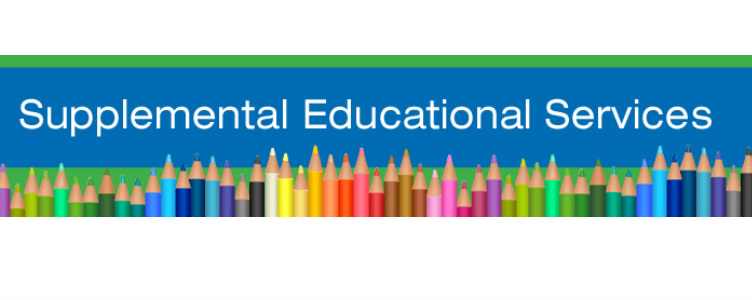
Credit: epiceipcpage.weebly.com
Frequently Asked Questions
What Are Examples Of Supplemental Education?
Examples of supplemental education include tutoring services, online courses, educational apps, summer learning programs, and after-school clubs. These resources complement traditional schooling, enhancing a student’s learning experience.
What Does Supplemental Mean In Education?
Supplemental education refers to additional learning resources or instruction outside the standard curriculum. These can enhance a student’s understanding and support their academic growth.
What Does Supplemental Services Mean?
Supplemental services refer to extra, optional services provided in addition to a primary service or product. These can enhance customer experience or meet specific needs.
What Is A Supplementary Education Program?
A supplementary education program provides additional learning opportunities beyond standard curriculum, enhancing a student’s knowledge and skills.
Conclusion
Navigating the realm of supplemental educational services can be transformative for students in need. These programs offer targeted support, bridging gaps in learning and fostering academic success. Embrace the opportunity to enhance your child’s educational journey. Remember, the right resources can unlock a brighter future.
